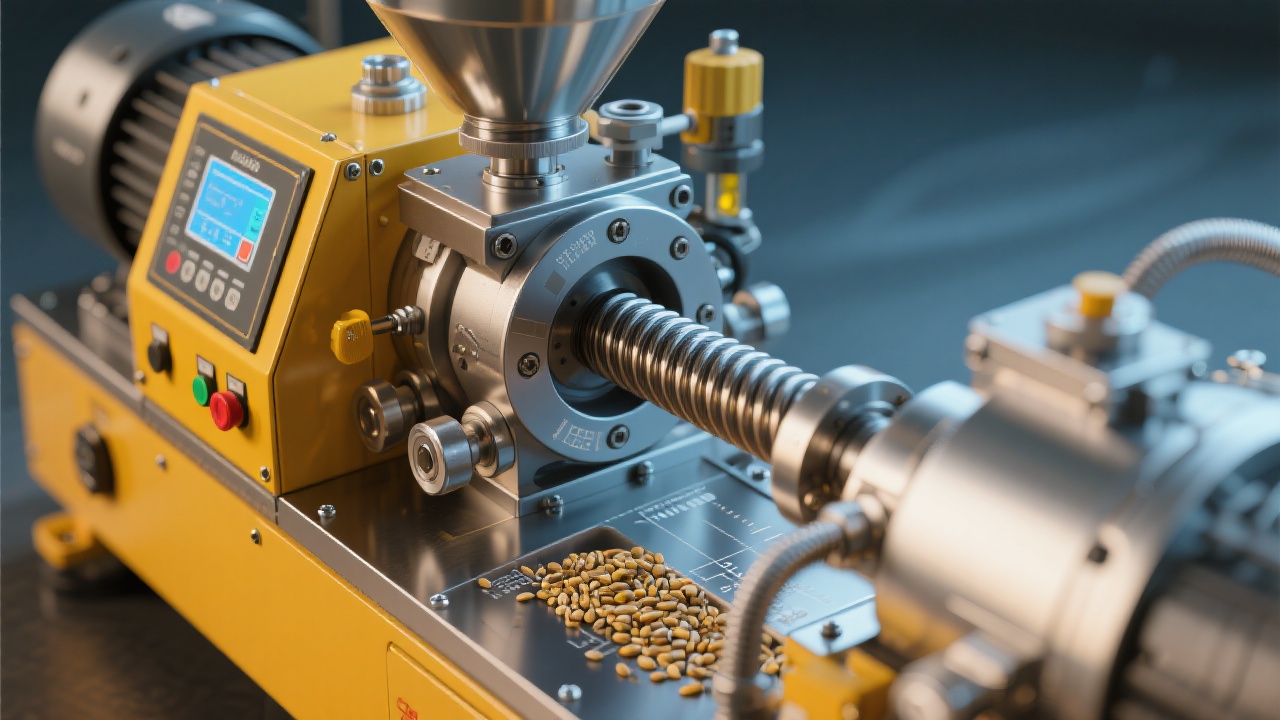
In the rice bran oil processing industry, extrusion equipment is not just a machine—it's the heart of efficient oil extraction. Many producers overlook how critical parameter control is in achieving high yield and consistent quality. Based on over 18 years of global B2B experience across food, chemical, and agro-processing sectors, here’s what you need to know.
At its core, a rice bran oil extruder applies mechanical force, heat, and moisture to disrupt cell walls in raw material—enhancing oil release. The three most influential parameters are:
| Parameter | Optimal Range (Typical) | Impact on Output |
|---|---|---|
| Temperature | 105–125°C | Too low → poor gelatinization; too high → thermal degradation of oils |
| Pressure | 2–4 MPa | Higher pressure increases particle rupture but risks clogging |
| Moisture Content | 12–16% | Critical for viscosity—too dry = low expansion; too wet = poor flow |
For example, one Indonesian mill saw a 7% increase in oil yield after adjusting from 110°C to 120°C and optimizing moisture content from 10% to 14%. This wasn’t luck—it was science.
Extruder screws made of hardened steel (like AISI 4140) outperform cheaper alloys in abrasive environments like rice bran. In our field tests, these components lasted 2x longer than standard carbon steel under continuous operation—saving maintenance costs by up to $15k/year per unit.
Also consider barrel design: dual-zone heating with independent temperature zones gives better control over the transition from feeding to pressing stages. This reduces energy waste—a key factor when running 12+ hours/day.

Here’s what we’ve seen time and again:
One Mexican processor saved 12% in annual electricity consumption simply by installing variable frequency drives (VFDs) on their extruder motors—an investment that paid back in less than 10 months.
The next generation of extruders integrates IoT sensors for real-time monitoring of torque, temperature gradients, and throughput. Some models now use AI-driven predictive analytics to adjust parameters automatically based on feedstock variability—a game-changer for batch consistency.
Environmental compliance is also driving innovation. For instance, closed-loop steam systems reduce water usage by up to 40%, while heat recovery units cut fuel consumption by 15–20%—making your plant more sustainable and compliant with EU/US regulations.
Pro Tip: Don’t just buy the cheapest extruder. Ask for a pilot test with your actual rice bran source—different origins (e.g., Thai vs. Indian) behave differently under stress. Real-world validation beats specs any day.
If you're evaluating equipment or optimizing current operations, understanding these principles will help you make smarter decisions—not just today, but for years ahead.
Download Our Free Extrusion Parameter Optimization Checklist

